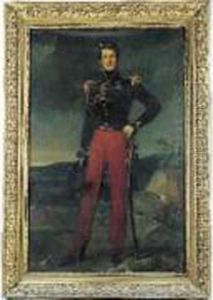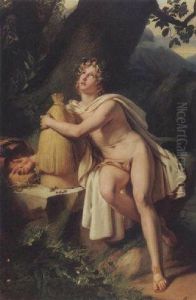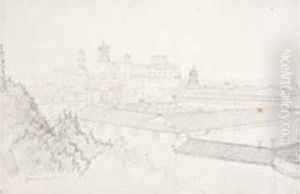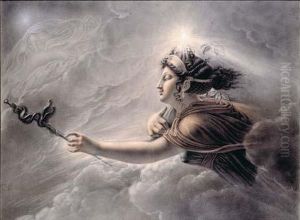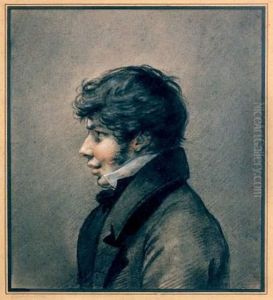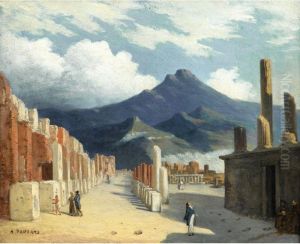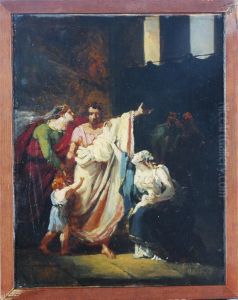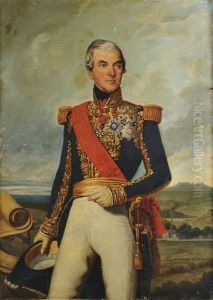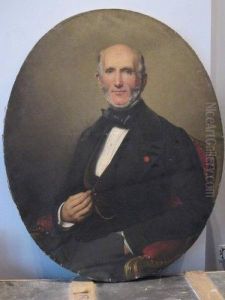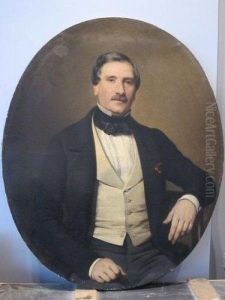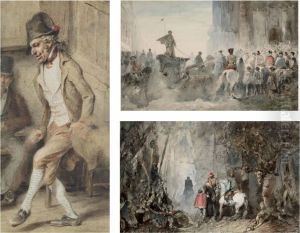Charles Philippe-A. De Lariviere Paintings
Charles Philippe Auguste de Larivière, born in 1798 and deceased in 1876, was a French painter whose artistic endeavors spanned various genres, including history painting, portraiture, and genre scenes. His career unfolded during a vibrant period of French art, marked by the aftermath of the Napoleonic Wars and the rise of Romanticism, which influenced his style and thematic choices.
De Larivière received his formal art education at the École des Beaux-Arts in Paris, where he was mentored by prominent artists of the time. This foundational training equipped him with the technical skills and artistic sensibilities that would define his career. Throughout his life, he navigated the shifting artistic tastes and political climates of 19th-century France, adapting his work to meet the evolving demands of patrons and the public.
His contributions to French art were recognized by his contemporaries, and he participated in the Paris Salon, the official art exhibition of the Académie des Beaux-Arts in Paris. De Larivière's works were celebrated for their attention to historical accuracy, emotional depth, and the skillful use of light and shadow, qualities that endeared him to critics and audiences alike.
Beyond his success in France, de Larivière's reputation extended across Europe, where his paintings were exhibited and collected. Despite the international recognition, detailed accounts of his life and works remain relatively scarce in the annals of art history, overshadowed by his more famous contemporaries. Nevertheless, his artistic legacy lives on through his contributions to the romantic and historical genres of French painting.
Charles Philippe Auguste de Larivière's passing in 1876 marked the end of an era for French art. However, his work continues to be studied and appreciated by art historians and enthusiasts, who regard him as a significant figure in the transition from Neoclassicism to Romanticism in French painting.
